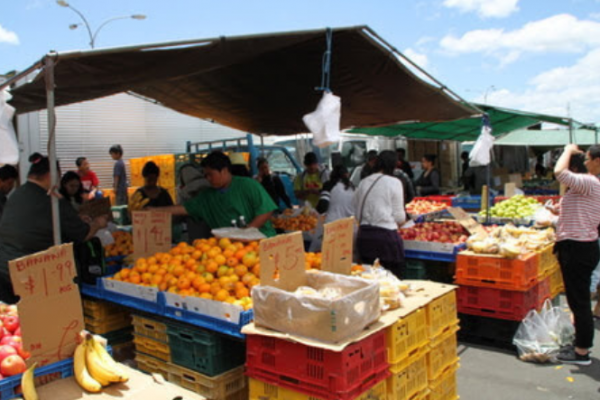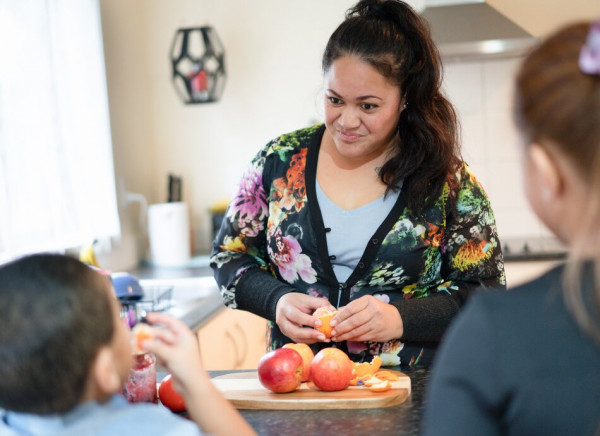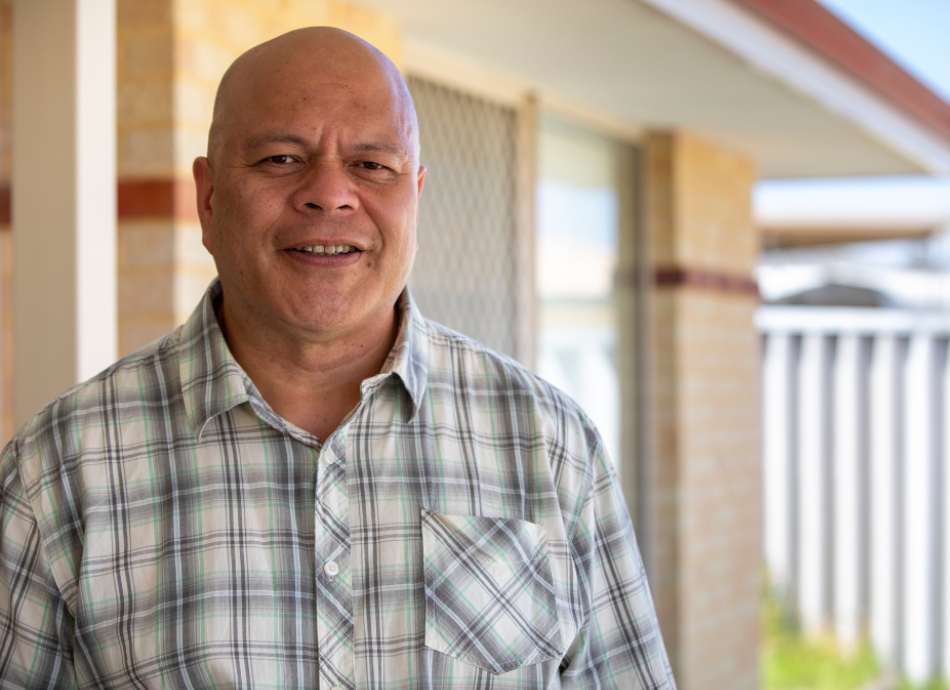1. Know your risk
Some groups of people are more likely to develop type 2 diabetes. This includes people who:
- are of European descent aged 40 years or older
- have others (grandparents, parents, brothers or sisters) with diabetes in their whānau/family.
- are of Māori, Asian, Middle Eastern or Pacific Island descent aged 30 years or older.
- have high blood pressure
- are overweight (especially if you carry most of your weight around your waist/puku)
- have prediabetes
- gave birth to a large baby weighing more than 9lbs / 4kg, or have had gestational diabetes (diabetes during pregnancy/mate huka i te hapūtanga).
Find out if you are at risk of type 2 diabetes with this simple quiz.(external link)
2. Get screened
Most people don’t know they have pre-diabetes as there are no obvious symptoms during this stage but, if you have any of the risk factors described above, talk to your healthcare provider about a diabetes screening test.
3. Lose weight
If you’re overweight, the number one thing you can do to reduce your risk of developing diabetes is to lose weight, especially if you carry extra weight around your waist. Studies show reducing your weight by 5 to 10% can prevent, delay or even reverse prediabetes. So if you weight 100kg, your goal would be to lose 5–10kgs. The next 2 tips (get active and make healthy food choices) can help you towards your goal.
4. Get active
Be physically active each day. Not only will it help to reduce your weight, physical activity also helps your body use insulin properly. Insulin is a hormone that helps your blood glucose levels stay in the normal range.
The current recommendations are to aim for 150 minutes of moderate to high intensity exercise per week. This should be spread over the week. For example, 30 minutes of exercise per day on 5 days of the week. Start with what you can do now and slowly increase as you are able. Short exercise bouts that last as little as 5–10 minutes (eg, brisk walking) are all helpful.
5. Make healthy food choices
Healthy eating isn’t about sticking to strict diets or depriving yourself of the foods you love. Rather, it’s about eating a balanced range of foods that help you feel great, have more energy, improve your outlook and help you achieve and maintain a healthy weight. If you're able to meet with a dietitian, they will be able to give you the best guidance on positive changes you can make.
In the meantime, here are some simple changes you can make to eat more healthily:
- Reduce your intake of refined carbohydrates and sugary foods, eg, fizzy soda, lollies, dessert, white bread, pasta, and sweetened breakfast cereals.
- Reduce your intake of pre-packaged and processed foods, eg, hot dogs, chips, pies.
- Limit your intake of red meat and avoid processed meats (eg, sausages, ham, bacon and corned beef). Choose nuts, whole grains, beans, poultry or fish instead.
- Reduce your portion sizes or try eating off a smaller plate so you eat less.
- Eat more fibre. Choose wholegrain bread and cereals (eg, oats/porridge), eat plenty of fruit and vegetables and add legumes to your diet (eg, add lentils or beans to soups and casseroles).
- Get your whānau to join you in making healthy food choices – it will benefit everyone and it's much easier to do if you're all in it together.
Find out more about healthy eating.

Image credit: Healthify He Puna Waiora
6. Drink plenty of water
Sticking with water as your main drink will help you stay away from beverages that are high in sugar. Sugary drinks like soda and sweetened fruit juices have been linked to an increase of type 2 diabetes.
7. Quit smoking
Studies have shown that smoking, especially heavy smoking, is strongly linked to diabetes risk. Quitting smoking has been shown to reduce this risk over time.
8. Lead by example and create a healthy lifestyle for your whānau
Remember, for many people (but not all), type 2 diabetes can be prevented by making healthy food choices and staying active. This applies to all ages.
If you're a parent or caregiver, you can be a postive role model by:
- Being more active together – walk the dog, go to the park or play a game outside.
- Offering healthy snacks not ultra-processed foods – instead of chips and lollies, try apple slices and carrot sticks (be aware that these can be a choking hazard for young children).
- Limiting screen time and encourage other outdoor or fun activities instead.
- Eating meals together at the table.

Image credit: Canva






